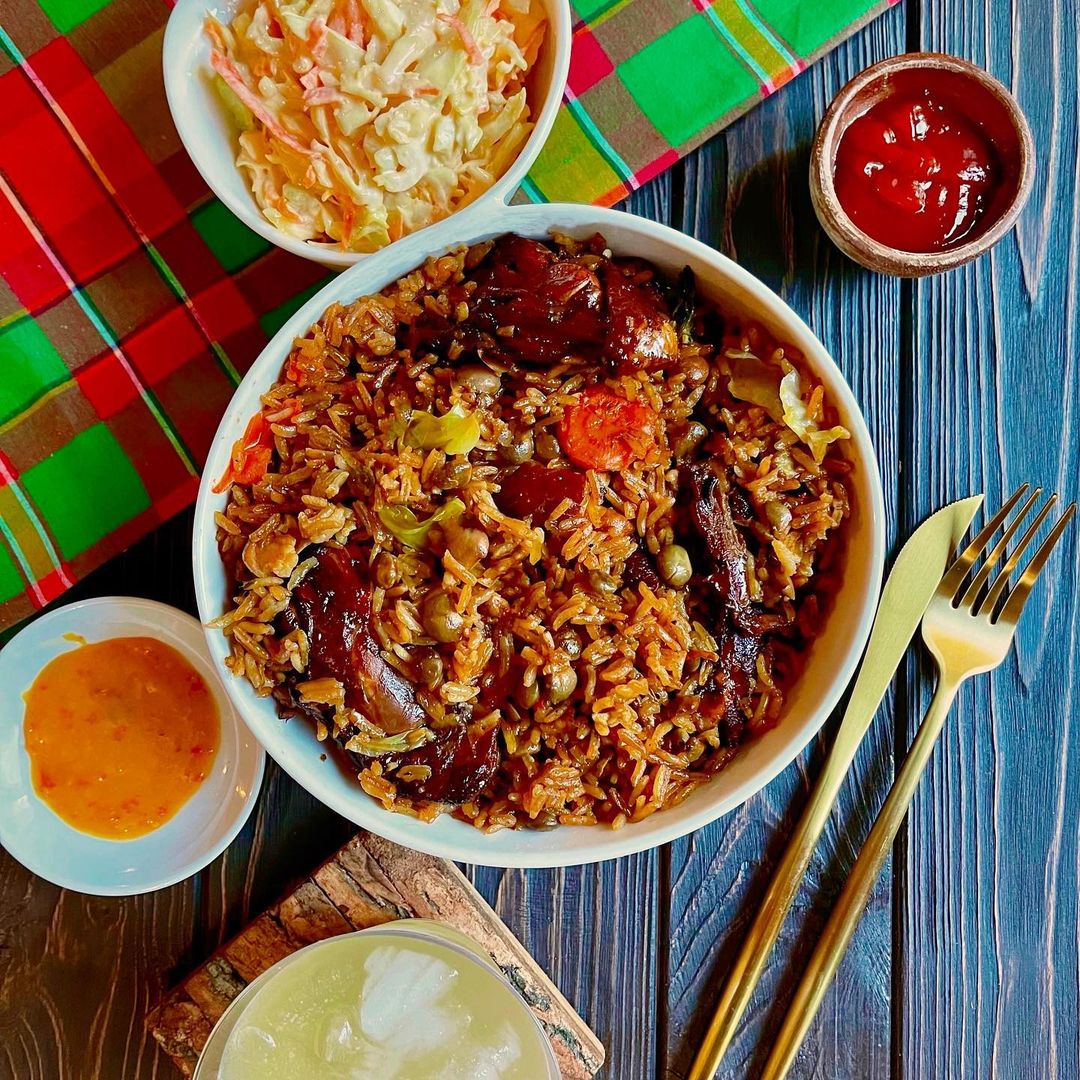When you think of Trinidadian cuisine, roti, crab and callaloo, and Pelau probably rank toward the top. You really can’t go wrong with any of these, but Pelau is something special.
This rice-based dish is the ultimate comfort food that locals and tourists can enjoy. As Trinidad and Tobago Guardian puts it, “Pelau is the solution to everything.”
The Origins of Pelau
Like much of the Caribbean, Trinidad is home to a blend of cultures, and this is reflected in its cuisine. Trinidad and Tobago Guardian notes that “Pelau’s origins come from rice pilaf or polow, a dish commonly prepared across Central and South Asia and the Middle East.”
It was brought over by East Indians in the 1800s, and there’s great variation in its flavor depending on who is doing the cooking.
Pelau symbolizes various populations connected with Trinidad, and this is part of its allure. Bon Appetit notes, “Pelau melds the rice preparations adored in the East with indigenous ingredients and African cookery processes that took root in the Caribbean during the transatlantic slave trade.”
Today, Pelau is a staple dish at everyday and special occasions like weddings and Carnival, not to mention the number of public holidays in Trinidad.
What Are Pelau’s Ingredients?
An essential component of pelau is browning. Bon Appetit reports, “Burnt sugar essence (a.k.a. browning) is the ingredient that imparts pelau with its unmistakable darkness—and there can be no pelau without it.”
Browning draws from the colonial era when sugar was in high demand. Bon Appetit writes, “Browning is the fundamental feature that adds a deep, rich hue to the meat, allowing all the other ingredients to absorb deep flavor while cooking on the lowest possible flame.”
The common ingredients are chicken, rice, coconut milk, and pigeon peas. It’s possible to make it using beef or, if you’re vegetarian, omit the meat. The dish will be just as tasty without it.
As for the add-ons, Trinidad and Tobago Guardian suggest “fresh tomato choka or coconut chutney, which come from a blend of Indian and British culture. These add the perfect amount of acidity, pepper, and freshness to take your pelau over the top.”





